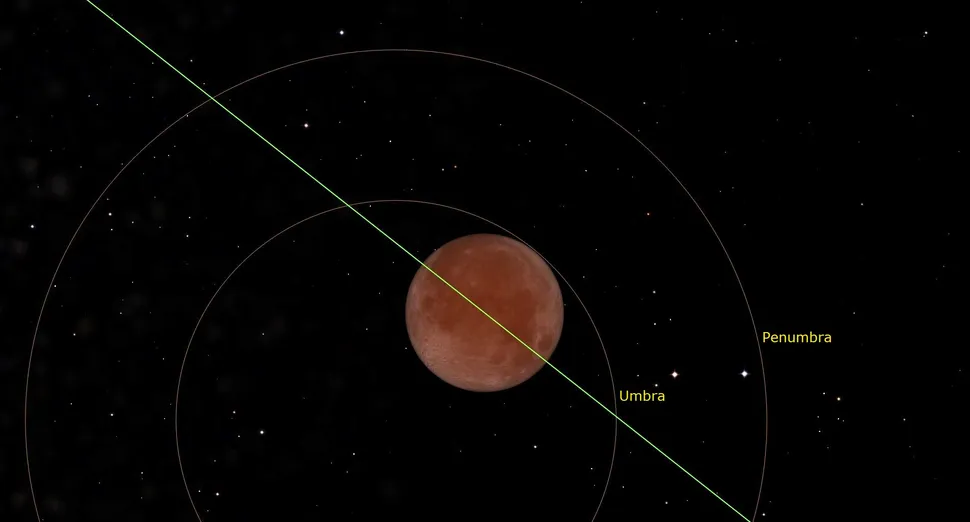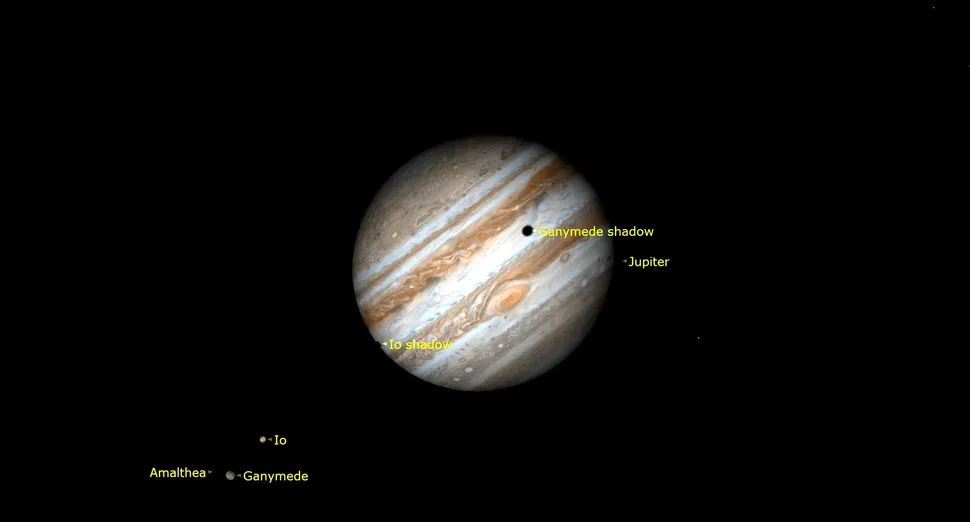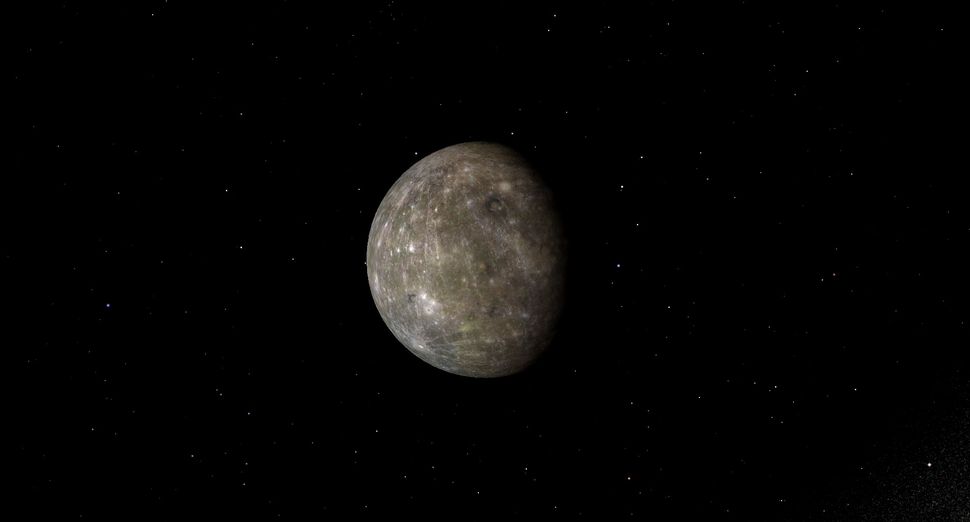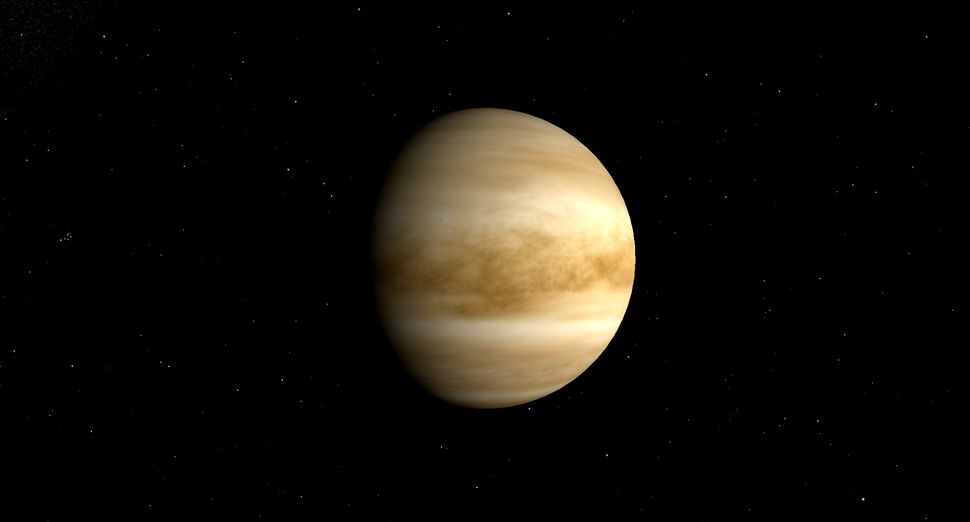The forums › Quizz, Fav TV, Fav Music, Fav Films, Books… › Stargazers. Solar Eclipse.
- This topic is empty.
-
AuthorPosts
-
November 14, 2016 at 11:21 pm #159294

 November 14, 2016 at 11:29 pm #159295beautiful……………….
November 14, 2016 at 11:29 pm #159295beautiful………………. April 20, 2020 at 11:04 pm #150702
April 20, 2020 at 11:04 pm #150702The Lyrid meteor shower comes to skies in the Northern Hemisphere. Apri 21 -22
Lyrid meteor shower 2020 coincides with a new moon on Tuesday giving stargazers especially dark skies to watch the celestial spectacle – with up to 15 shooting stars visible per hourThe Lyrid meteor shower comes to skies in the Northern Hemisphere this month
Experts say the peak will be between April 21-22 at the hours before dusk
The shower should be more visible than usual as it coincides with a new Moon
Last years Lyrids happened at the same time as a bright waning gibbous moon — a phase that comes very close to being a full moon.
The Lyrids are rock and dust left behind by the comet C/1861 G (Thatcher) as the Earth drifts through a cloud of debris left behind by the icy space rock.
Every year, the Earth intersects with Thatcher's dusty tail and particles of the comet are seen streaking through the sky where the usually burn up.
Specks of meteor travel at about 110,000 mph.
While meteor showers create streaks in the sky that can be seen on Earth from miles away, the meteoroids that cause them are actually quite small.
Some meteors leave brilliant trails behind them in the form of ionized gas.
‘Meteor showers on Earth are caused by streams of meteoroids hitting our atmosphere,’ explains an interactive website that plots all the meteor streams that orbit the sun.
‘These meteoroids are sand- and pebble-sized bits of rock that were once released from their parent comet.
‘Some comets are no longer active and are now called asteroids'.
To see the shooting stars you will need to be in an area of low light pollution with a clear sky with minimal cloud cover.
According to astronomers, optimal viewing is in the few hours before dawn no matter where you are in the Northern Hemisphere.
While telescopes would enhance the fidelity for viewers, the meteors can usually be seen with the naked eye.
To locate where the meteors will be passing through, viewers can use the brightest star in the constellation of Lyra to find what astronomers call the 'radiant.'
[img width=600]https://i2.wp.com/metro.co.uk/wp-content/uploads/2020/04/PRI_149344739.jpg?quality=90&strip=all&zoom=1&resize=644%2C428&ssl=1[/img]
May 28, 2021 at 10:05 am #170007Wednesday, May 26 — Full milk supermoon

The moon will reach its full phase at 7:14 a.m. EDT (1114 GMT) on Wednesday, May 26. May’s full moon always shines in or near the stars of Libra or Scorpius. Every culture around the world has developed its own stories about the full moon, and has assigned special names to each full moon. The indigenous Ojibwe groups of the Great Lakes region call the May full moon Zaagibagaa-giizis “Budding Moon” or Namebine-giizis, the “Sucker Moon.” For them it signifies a time when Mother Earth again provides healing medicines. The Cree of North America call it Athikipisim, the “the Frog Moon” — the time when frogs become active in ponds and swamps. The Cherokee call it Ahnisguti, the “the Planting Moon,” when the fields are plowed and sown. In European cultures, the moon is commonly called the Full Milk Moon, Full Flower Moon or Full Corn Planting Moon. When fully illuminated, the moon’s geology is enhanced — especially the contrast between the bright, ancient, cratered highlands and the darker, younger, smoother maria. This full moon will occur nine hours after perigee, the point in the moon’s orbit when it is closest to Earth, making this the largest supermoon of 2021.
May 28, 2021 at 10:08 am #170008Wednesday, May 26 — Total lunar eclipse

The full moon of Wednesday, May 26 will also generate a total lunar eclipse. Due to the enlarged supermoon effect, this eclipse will barely qualify as a total one. When at maximum eclipse, the northern limb of the moon will be a scant 0.3 arc minutes from the northern edge of the umbra — limiting the length of totality to just 14.5 minutes. Observers should expect the southern half of the moon, which will extend much deeper into the umbra, to look noticeably darker than the northern half. The moon will first contact the umbra at 5:44:57 a.m. EDT (0944 GMT ) and will last touch the umbra three hours later at 8:52:22 a.m. EDT (1252 GMT). The entire eclipse will be visible across the Pacific Ocean, and from New Zealand and eastern Australia. Except for the northeastern states and provinces, observers in the Americas will see at least the initial stages of this eclipse. The moon will set before the eclipse ends for observers on the west coasts. Lunar eclipses are completely safe to observe unfiltered with your unaided eyes, binoculars, and telescopes.
May 28, 2021 at 10:12 am #170009Friday, May 28 — Double shadow transit on Jupiter (21:29-22:18 GMT)

From time to time, the small round black shadows cast by Jupiter’s four Galilean moons become visible in amateur telescopes as they cross (or transit) the planet’s disk. Before dawn on Sunday, May 23, observers located in Central Asia can see two of those shadows on Jupiter at the same time. At 5:29 p.m. EDT (2129 GMT), Io’s small shadow will join Ganymede’s large shadow already in transit. The two shadows will cross Jupiter together for 45 minutes until Ganymede’s moves off the planet at 6:18 p.m. EDT (2218 GMT). Io’s shadow will continue to transit Jupiter until 7:46 p.m. EDT (2346 GMT).
May 28, 2021 at 10:19 am #170011Planets

After sunset throughout the month of May, Mercury will be easily visible by Northern Hemisphere observers while it travels east of the sun on the high side of a nearly vertical evening ecliptic plane; however, this will be a poor apparition for Southern Hemisphere observers. Sharing the northwestern sky with much brighter Venus, the speedy planet will climb away from the sun until mid-month. It will pass just to the left (or celestial south) of the Pleiades star cluster on May 4 — but the evening twilight will all but overwhelm those seven sisters. Mercury will begin shining in a nicely darkened sky after the first week of May, with the best viewing window arriving between about 8:30 and 9:30 p.m. local time. On May 16, Mercury will reach greatest eastern elongation and peak visibility, 22 degrees from the sun. After that, the planet will swing sunward each evening, eventually becoming more and more difficult to see. Since Mercury will be traversing the space between Earth and the sun, telescope views of the planet during May will show its disk doubling in size while waning in illuminated phase from 80% to 8%. (Ensure that the sun has completely disappeared below the horizon before using binoculars or telescopes to view Mercury.) On May 28 Mercury will pass within half a degree to the left (or celestial south) of Venus — close enough for them to appear together in a telescope eyepiece. However, Venus will outshine Mercury by 280 times — making seeing Mercury a challenge. On May 13 the crescent moon will pass several finger widths to the left (or 3 degrees to the celestial southeast) of Mercury.
May 28, 2021 at 10:19 am #170012
Venus will spend all of May parked low in the northwestern post-sunset sky — in the opening stages of its lengthy 2021 apparition. During the month it will gradually increase its angle east of the sun from 9 degrees to 18 degrees, but Venus’ brilliant -3.9 magnitude will allow our sister planet to be seen easily within the evening twilight. Venus will share the sky with much dimmer Mercury during May. The speedy planet will pass only 0.4 degrees to the left of Venus on May 28 — close enough to appear with Venus in a telescope eyepiece. However, Venus will outshine Mercury by 280 times — so seeing Mercury will be difficult.
April 30, 2022 at 9:50 pm #198580JUPITER & VENUS

Look up in the sky at the right moment this weekend and you could see two of the solar system’s brightest planets almost touching.
Venus and Jupiter will be millions of miles apart, but from Earth they will appear close to colliding.
This planetary conjunction happens annually but this year they will appear much closer than usual.
The same spectacle won’t occur again like this until 2039.
Just the naked eye or binoculars should be enough to see it in a clear sky.
After Saturday, the two planets will go their separate ways as they drift apart in the coming days.
“It’s very exciting for astronomers and it’s a really great opportunity for people to get out and have a look,” explains space scientist and chief stargazer at the Society for Popular Astronomy Prof Lucie Green.
What is a planetary conjunction?
A conjunction is when two planets appear close together or even touching in the Earth’s night sky.In the days running up to Saturday, Venus and Jupiter have been gradually coming together in the sky.

The actual orbit of the planets are about 430 million miles apart but their apparent alignment seen from Earth gives the illusion that they are touching.
The peak time to see it was Saturday at around 05:00 BST. But it will still be visible on Sunday and in the coming days as the planets slowly move apart.
Pre-dawn is best, looking east before the Sun rises.
The planets will be low down in the sky, close to the horizon, and hills and buildings will block the view. If you can, find a high spot and look for two dazzlingly bright spots very close together.
“The planets will differ in their brightness. Venus is brighter than Jupiter so it will look dazzlingly bright when you see it. Jupiter will be slightly fainter, about one-sixth of the brightness of Venus,” explains Prof Green.
She suggests using an app to help navigate your way around the skies.
-
AuthorPosts
- You must be logged in to reply to this topic.
Optimizing new Forum... Try it, and report bugs to support.
The forums › Quizz, Fav TV, Fav Music, Fav Films, Books… › Stargazers. Solar Eclipse.








